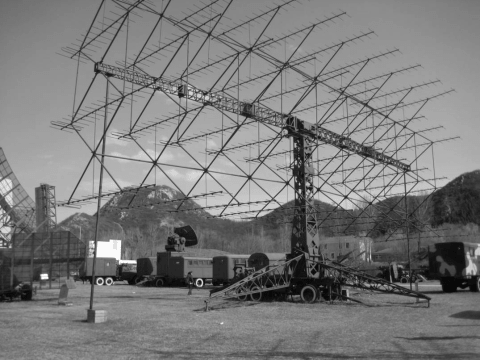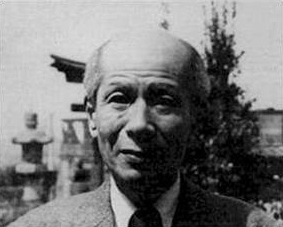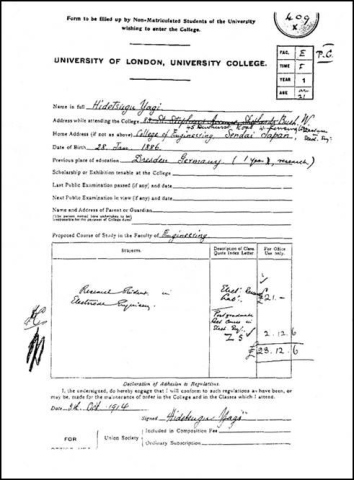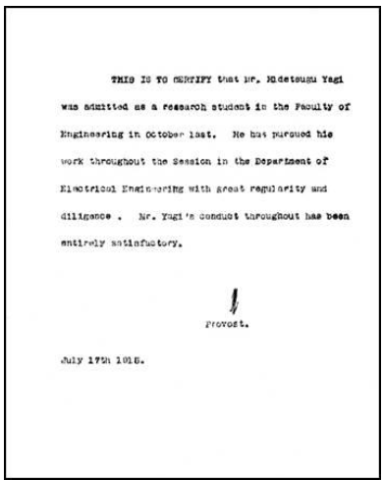The History Column: The Yagi Antenna
The subject of this History Column is the Yagi (more correctly, the Yagi-Uda) antenna. This type of antenna is used very widely, particularly for television reception at VHF and UHF, but also in plenty of other applications.

10x4 array of Yagi antennas of a Chinese VHF radar at the Chinese Aviation Museum, Xiaotangshanzhen, Beijing.
The basic Yagi antenna consists of a half-wave dipole driven element (often a folded dipole, to give a good impedance match) with parasitic dipole reflector elements behind, and director elements in front. The key to the design is to arrange the lengths of the parasitic elements and their spacings so that the reradiated signals from each add optimally in phase.
Hidetsugu Yagi was born on 28 January 1886 in Osaka, Japan. He studied at the Department of Electronic Engineering of the Tokyo Imperial University, graduating in 1909. He then studied at the Sächsische-Technische Hochschule in Dresden, Germany for one year under Heinrich Barkhausen, then at University College London from October 1914 – July 1915 under John Ambrose Fleming, and then at Harvard, USA under George W. Pierce. Such overseas travel and study must have been very unusual at that time. He was awarded his doctorate at Tohoku Imperial University in 1919, becoming a professor there in the same year.

Hidetsugu Yagi | 1886 - 1976

Shintaro Uda | 1896 - 1976


Registration form and reference letter from Yagi’s time at University College London (UCL archives).
In 1928 at the Tohoku Imperial University at Sendai, Japan, Yagi and his student Shintaro Uda developed a novel antenna array consisting of one active element and twenty parasitic elements forming what was described as a wave canal. The Wikipedia entry for the Yagi-Uda Antenna states that it was Uda who actually made the invention, but that Yagi subsequently patented the design in his own name. A prototype of the original antenna is on display at Tohoku University, Sendai, and the invention was marked in 1995 as an IEEE Historical Milestone.
The Yagi-Uda antenna is simple, easy to manufacture, and robust. These factors account for its widespread use in numerous applications over many years. There cannot be many engineers who have a monument to their work on every rooftop.
Further information may be found in:
Gentei Sato, Motoyuki Sato, ‘The antenna in Japan: past and present’, chapter 14 in History of Wireless (T.K. Sarkar ed.), Wiley, 2006.
Yasuto Mushiake ‘Notes on the history of the Yagi-Uda antenna’, IEEE Antennas and Propagation Magazine, Vol.56, No.1, pp256-257, Feb. 2014.
Hidetsugu Yagi, Shintaro Uda, ‘Projector of the sharpest beam of electric waves’, Proceedings of the Imperial Academy, 2 (2): 49–52, 1926.
Hidetsugu Yagi, ‘Beam transmissions of ultra short waves’, Proc. IRE, June 1928.
Authored by Hugh Griffiths
University College London

